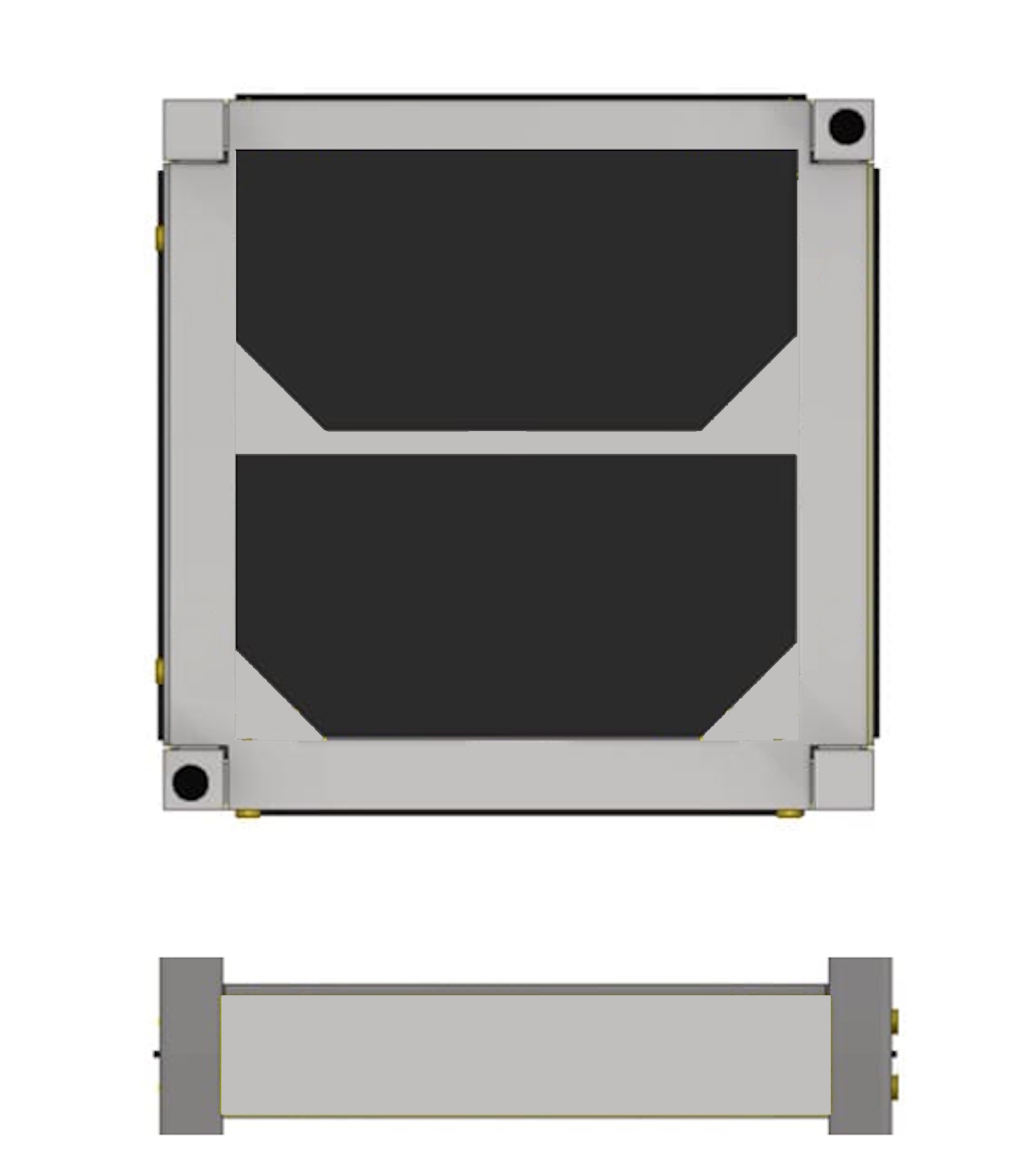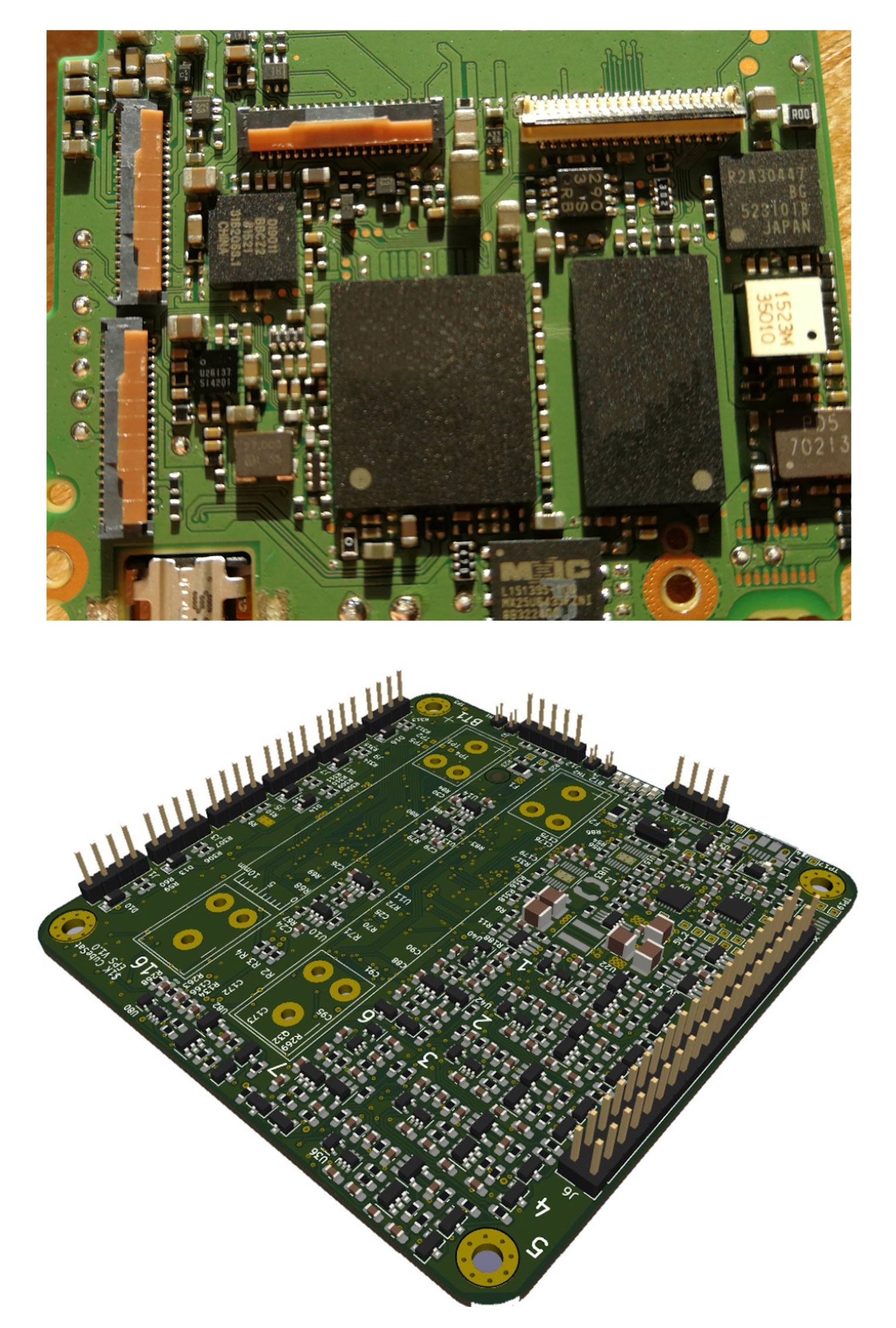Ares Mission overview
ARES is a tactical CubeSat swarm engineered for Advanced Reconnaissance & Electronic Surveillance across contested domains. Operating as a low-footprint, orbital mosaic, it delivers persistent intelligence coverage over borders, maritime corridors, and conflict zones—providing mission-critical data to NATO forces with agility, fault tolerance, and encrypted reliability. Built for rapid deployment and autonomous coordination, ARES redefines how orbital sensing meets modern defence













